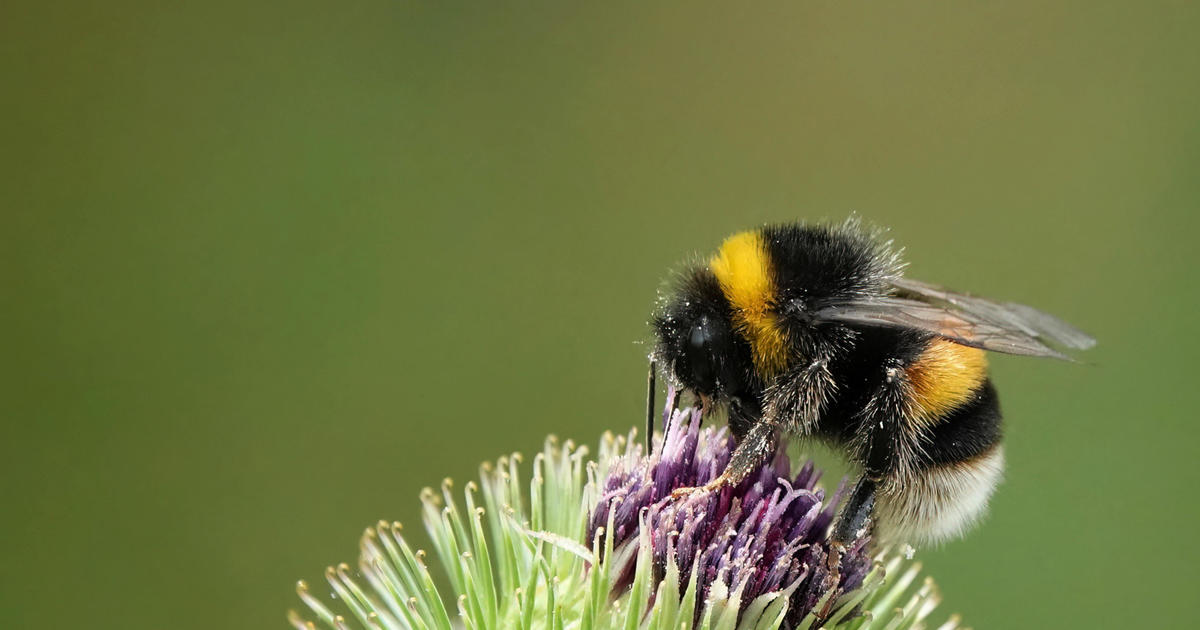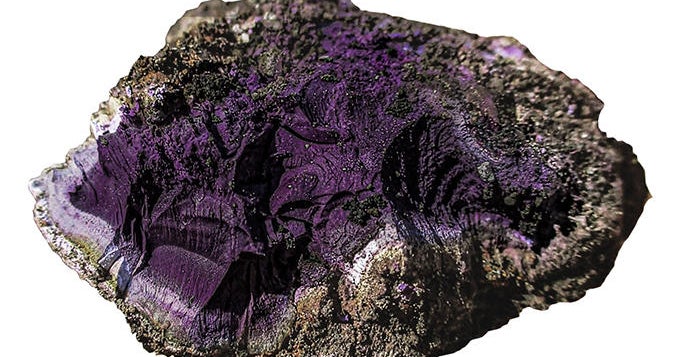Scientists have regrown amputated frogs' legs. Here's how they did it.
Scientists at Tufts University and Harvard University's Wyss Institute have regrown amputated limbs. In a study published in Science Advances, the researchers showed how they used a chemical cocktail to induce limb growth in frogs.
Currently, limb regrowth is limited to "salamanders and superheroes," the team said in a press release. Like humans, whose bodies cover major injuries with scar tissue, adult frogs are unable to naturally regenerate limbs.
For the study, scientists began by applying a five-drug chemical cocktail infused in a silk protein gel to the African clawed frogs' stump and covered it in a silicone dome, that they call a BioDome, to seal it. They removed the dome after 24 hours — and then waited 18 months for the limb to regrow.
David Kaplan, Stern Family Professor of Engineering at Tufts and co-author of the study, said that "using the BioDome cap in the first 24 hours helps mimic an amniotic-like environment which, along with the right drugs, allows the rebuilding process to proceed without the interference of scar tissue."
The five chemicals each had very specific functions, including inhibiting collagen production (which leads to scarring), reducing inflammation and sparking growth of nerves, blood vessels and muscles. The cocktail was meant to prevent the frog's immune system from closing off the stump.
"It's exciting to see that the drugs we selected were helping to create an almost complete limb," said Nirosha Murugan, research affiliate at the Allen Discovery Center at Tufts and first author of the paper.
The regrowth of an almost fully functional leg in many of the treated frogs was a hopeful result for the scientists. The new limbs had bones, nerves and several "toes" that grew from the ends of the limbs — although the toes did not have bones. The frogs could feel when the limb was brushed with a stiff fiber, and could use it to swim through the water.
"The fact that it required only a brief exposure to the drugs to set in motion a months-long regeneration process suggests that frogs and perhaps other animals may have dormant regenerative capabilities that can be triggered into action," Murugan said.
"We'll be testing how this treatment could apply to mammals next," said corresponding author Michael Levin, director of the Allen Discovery Center at Tufts.
The research team hopes that the study "brought us a step closer to the goal of regenerative medicine." They plan to test the treatment on mammals next.





